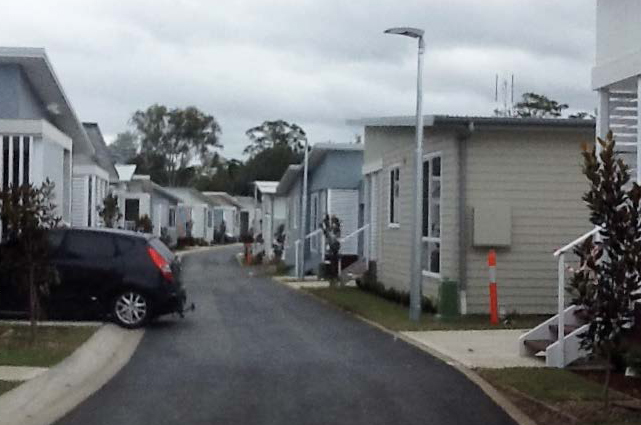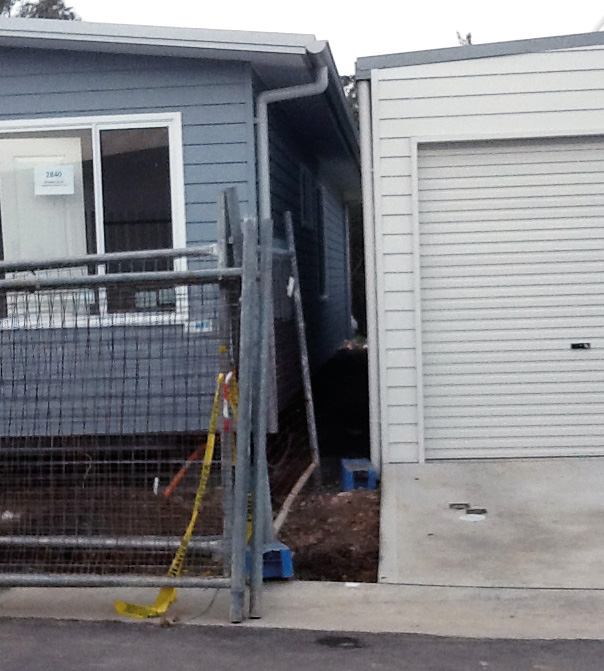Local Government Regulations
12/07/2018
When you live in, or operate, a land lease community the Residential (Land Lease) Communities Act (RLLC Act) is not the only legislation you need to know about. The Local Government (Manufactured Home Estates, Caravan Parks, Camping Grounds and Moveable Dwellings) Regulation (the Regulation) also has a significant role.
The Regulation is made under the Local Government Act 1993 and it covers everything to do with structures and infrastructure in the community. It is primarily the operator who has compliance obligations under the Regulation, but home owners also have some responsibilities. These are related to the home and other structures on the site.
Compliance is complicated. Firstly, the Regulation has changed a number of times since the initial regulatory instrument, Ordinance No. 71. It was made under the Local Government Act 1919 (NSW) and came into effect on 1 December 1986. It is generally assumed that everything in a land lease community must comply with the current Regulation but that is a wrong assumption. Each Regulation contains transitional and savings provisions that protect things that have already occurred.
For example:
A home placed on site in a residential park in July 2001 was required to comply with the 1995 Regulation. In 2005 when the Regulation changed that home automatically became compliant with the new Regulation.
Secondly, responsibility for ensuring compliance lies with local councils and the Tribunal (NCAT) cannot deal with disputes. The Tenants’ Union hears many complaints from home owners who have asked their council to address breaches of the Regulation by operators but the council is often not interested.
The Grange

An important aspect of the Regulation relates to safety. Moveable dwellings are traditionally lightweight, constructed of combustible material and are not affixed to the ground in the way that traditional homes are. This makes them vulnerable to storms, fire and flood events and the Regulation seeks to address this by setting standards regarding structural soundness and separation distances. It is these very issues that have home owners at The Grange concerned.
The Grange is a well established community that was purchased by the current operator Ingenia Lifestyle in 2013. Ingenia wanted to expand the community and install new homes but to do so they had to infill a large area of land that was a flood plain. Once the infill land had settled the operator started installing homes and the existing home owners became concerned about potential compliance breaches.
The Regulation requires there to be a certain distance between homes, and between a home and another structure such as a carport or garage. The new homes in The Grange are so close they are almost touching, which also raises issues about whether the maximum two-thirds site coverage has been exceeded.

There are also drainage issues because some of the homes do not have down pipes connected to the storm water drains causing water to pool under the home when it rains. Some of these homes have been sold and are already occupied despite being incomplete. Other issues include the failure to provide a space for garbage bins and roads being so narrow the home owners reportedly struggle to get in and out of their garages.
Home owners believe there are several aspects of the new development that do not comply with the Regulation and they have genuine concerns about the impact this may have on the safety of everyone in the community. The residents committee has contacted Council and raised these concerns to no avail – Council have advised they have no jurisdiction because the development is being signed off by a private certifier.
The residents committee is now considering a complaint to the NSW Ombudsman about the lack of interest and oversight from Council who, despite the private certifier, still has an obligation to ensure the community complies with the Regulation.
The residents committee has also contacted the local MP to see if he can assist in any way and may consider making a complaint about the private certifier, whose role it is to ensure the development complies with all of the legislative requirements before issuing a development certificate.
Approvals and maps
The Grange is not the only land lease community where disputes about compliance issues exist. Another common issue that regularly comes to the attention of the Tenants’ Union is site boundary disputes. These can be between the operator and home owner, or two home owners and they are not easily resolved.
The first problem a home owner can face is knowing the size or dimensions of their site when they entered into the site agreement. Agreements signed under the (repealed) Residential Parks Act 1998 (Parks Act) were required to say how big the site was. This is helpful but those with oral agreements, or with agreements where the information was not provided cannot easily get this information. Site agreements signed under the RLLC Act must include site dimensions and home owners should ensure the details are filled in.
It is important for a home owner to know the size or dimensions of the site for a number of reasons. It assists compliance with the Regulation when structures are being placed on the site; it can provide clarity in boundary disputes; and, it is what is contracted for in the site agreement. This means it cannot be altered without the home owners consent.
If the site agreement does not provide this information all is not lost, well not yet anyway! All operators are required to hold an Approval to Operate under section 68 of the Local Government Act 1993. This Approval is a good source of information because it must contain certain details including the number, size and location of long-term sites.
Operators are also required to produce a community map, which is a scale map of the community that accurately shows roads, amenities and sites. The map should be displayed within the community however, if not, the operator has to make it available for inspection without cost. This means home owners should be able to check the map at any time.
Like the Regulation, community maps will change from time to time and each time it does the operator should provide a copy of the updated map to council. This means council should have a copy of all the community maps for a community. And under section 113 of the Local Government Act they are required to make Approvals and maps available for public inspection.
The bad news is many councils have not undertaken compliance activities in land lease communities for a number of years and their records are consequently poor. So although a home owner should be able to get information about their site dimensions at the point in time when they signed their site agreement this may not always be the case.
For more information about Local Government Regulations see the factsheets on our website. For specific advice contact you local Tenants Advice and Advocacy Service.
